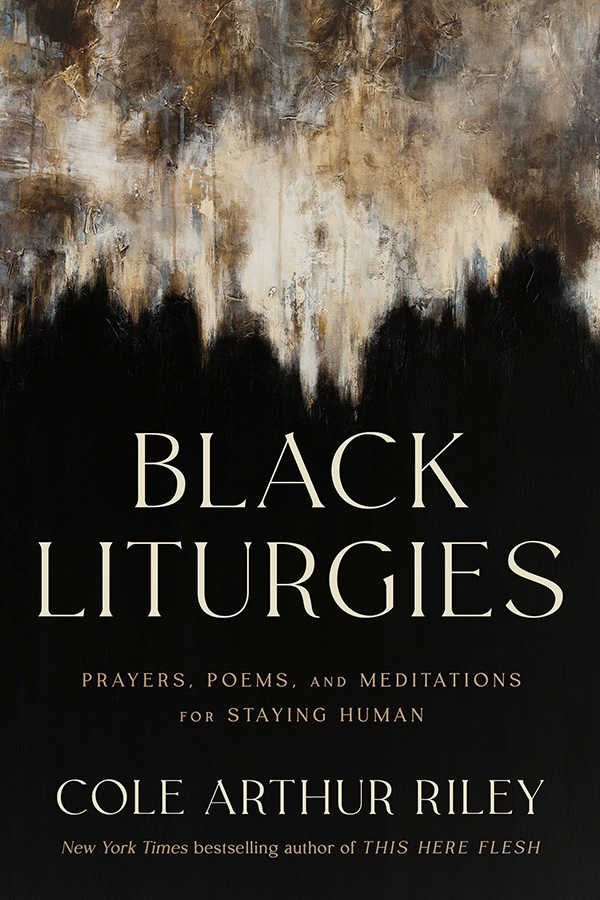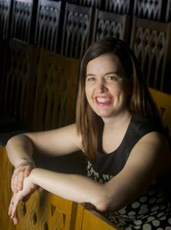Ignatius J. Reilly knew what the United States needed. Shuffling through the streets of New Orleans in the novel “The Confederacy of Dunces,” Reilly remarks, “The United States needs some theology and geometry, some taste and decency. I suspect that we are teetering on the edge of the abyss.”
In his flippant remark, Reilly expresses a longing for God-talk and a guide to life. Some theology and geometry would bring decency and order. Some theology and geometry would prevent falls on the edge of that abyss. (“Abysmal” is too strong a word to describe the current ethos, but “dismal” comes close.)
I’m not totally sure what Reilly meant by theology and geometry, but I do know this: The church needs it. We need theology because our words about God -- our theos-logos, our God-talk -- matter. We need geometry -- the study of spaces -- because our understanding of the angles and spaces of our hearts and world matter. Geometry provides a guide to the ways we live and move and have our being in the world: a life-map of sorts. These lessons in theology and geometry don’t just happen in seminary or in math classes. These are courses in lifelong learning that intersect every word we utter and every space we inhabit.
Last year, I learned this lesson from Rich, one of my congregants. The geometry lesson was simple: Rich sat in the sixth row from the back at a 30-degree angle from the pulpit. This pew was the center of his life. All other destinations projected from that point.
The theology was much more complex: Rich was in the habit of talking to God on his morning run while training for a marathon. In the midst of that training, Rich was diagnosed with a brain tumor. But his God-talk continued, often in writing: it included prayers of thanksgiving and hopes for the future. On bad days, it became lament.
After Rich died at 49 of complications from cancer, I had the privilege of reading some of his talk to God written in the margins of his Bible. Never before have I seen such an intricate web of words: the prayers of his heart, the struggles of his mind and the hopes for his soul, all penciled into the margins of Scripture during the hardest course of his life. There in the margins he talked with God about his daily life. I could look at those notes and see a visual record of his days.
On my desk, I keep a Xeroxed copy of page 999 of Rich’s Bible. At the center is Psalm 86. Originally a Psalm of David, it became the prayer of Rich. In the margins of the 8½-by-11-inch page, surrounding the text, is God-talk. Dates, names, question marks, explanation points, affirmations, questions, confessions, locations, places and pleas cover the page. The prayer engages every word of the text. Words are circled, phrases underlined, arrows and lines connect everything. The lines and fragments on the page intertwined with the scriptural text become an intimate and intricate map of his life with God.
I’ve always wondered what a glimpse into someone else’s prayer life might look like. This printed page is that glimpse, offering insight into one man’s life of prayer. The notes in the margin are organic and alive. Some were written in his last days of life. Phrases like “You have, Lord” and “He lives in me” and “I have been richly blessed” affirm Rich’s deep belief. Prayers of unbelief cry out in words like, “Transform me” and “I am calling to you.” “CANCER” is the boldest word. “True surrender” barely is visible.
When Rich lived, the interconnection of his geometry (every Sunday in the sacred space of our church, same spot in the pew) alongside his theology (constant conversation with God in his prayer life) had impact on those around him. At his workplace, an “Eagle’s Wings” award honors the employee who exemplifies the integrity in leadership Rich modeled. Here at our church, an “Impact Internship” was founded in his honor to nurture the leadership he was a witness to in his life.
His leadership was grounded in love and multiplied by God’s grace. This is the kind of leadership the church needs, for a world teetering on the edge of an abyss. The call of the church in a time like this is to insert a stabilizing fulcrum of leadership to prevent a downward avalanche of distaste and indecency. In the chasms of his life, Rich’s theology and geometry bridged the distance from this life to the next.









